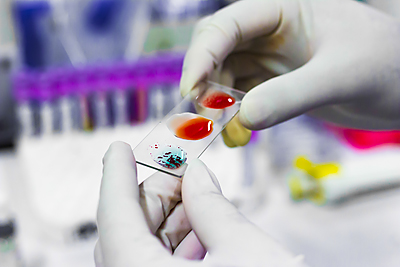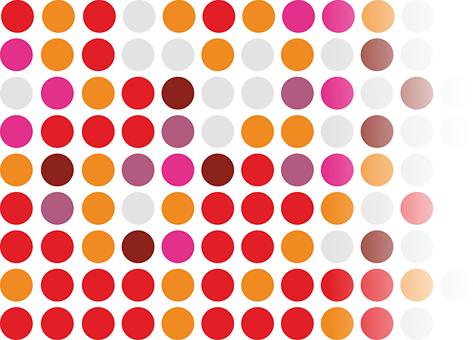Why is the FHRB Biobank necessary?
Who can access the collected samples and data?
How will privacy be ensured?
Who are samples taken from?
How are the samples collected and processed?
What information do sample donors receive?
Is it possible to prohibit use of the sample at a later date?
Why is the FHRB Biobank necessary?
Blood and bone marrow samples from patients with hematological disorders together with data relating to their condition are collected for the FHRB Biobank. This collection of samples and data is required for studies investigating methods for the prevention, diagnosis, treatment and follow-up of severe hematological disorders, especially leukemia.
At the moment, patients with leukemia are primarily treated with high-dose cytostatic agents and stem cell transplantation. These treatments are hard on the patients and difficult to target for optimal individual effect. There is a great need for treatment development because current therapies are not effective in all patients, and some patients cannot tolerate them.
The aim of clinical research studies is to develop therapies that are safer, targeted and more effective than current therapies. One objective is to develop treatments that are tailored individually on the basis of genetic or protein abnormalities to target malignant stem cells (personalized medicine).
Who can access the collected samples and data?
The samples will only be made available for medical research that falls within the biobank’s field of research. In order to be granted access to the samples, researchers must produce a written application and a release request. These must be submitted together with the research plan and a report on the processing of samples and data as well as the information needed to evaluate whether the requirements for access are satisfied.
Furthermore, the professional and scientific competence of the recipient of the samples and data will also be evaluated before access is granted. The samples and data made available for research are always coded, and the privacy of the sample donors is thus protected. Projects utilizing the samples are published on the biobank’s website.
How will privacy be ensured?
As with any other patient data, registry information relating to the samples, including personal information, is handled in compliance with the strictest data protection criteria.
Samples are stored under a code number. Personal data are never disclosed when samples and data are used for research purposes.
Who are samples taken from?
The goal is to be able to obtain and store samples from all patients with hematological disorders for research purposes.
How are the samples collected and processed?
Blood and bone marrow samples will be taken from patients at different stages of the disease (e.g. at the time of diagnosis, at remission and at relapse). One small skin biopsy specimens will also be taken when the first samples are collected. Samples needed for diagnostic and therapeutic purposes always take precedence and are collected before samples that are to be stored in the biobank.
Samples are taken according to the issued by the biobank, and then sent to the Blood Service for processing. The Blood Service uses a quality-controlled sample processing system that also includes validated sample transport from hospitals. The Blood Service processes the samples for storage and sends them to FIMM, where they are stored in ultra-low temperature freezers in gas phase liquid nitrogen.
What information do sample donors receive?
Prior to taking any samples, a nurse, a study nurse or a doctor reviews the sample donor’s information sheet and consent form with the patient and answers any questions the patient may have.
The person who reviews the information sheet with the patient will witness the signing of the consent. Data and samples will only be collected from patients who have consented to it.
Is it possible to prohibit use of the sample at a later date?
If the patient wishes to withdraw his/her consent at a later stage during the project, he/she is free to do so. In such cases, the patient’s registry data and samples will not be used for any further research. Samples that have already been made available for research projects will not be tracked. If you wish to withdraw your consent, the withdrawal form is under Rights of sample donors.





